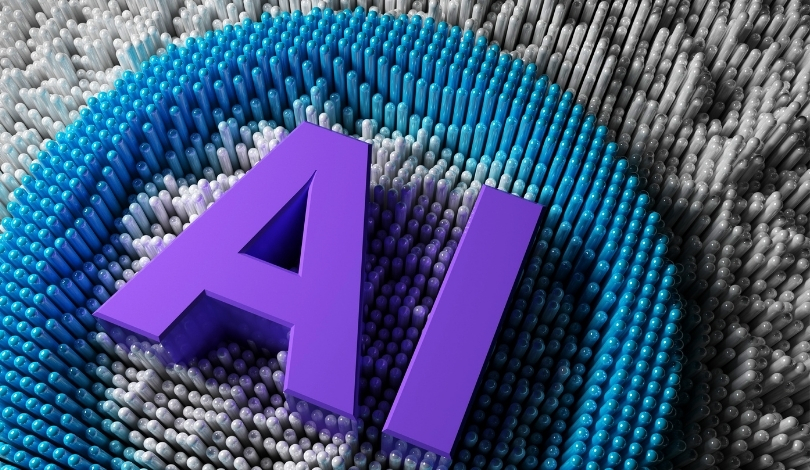A new technological approach is gaining attention within the aerospace industry as swarm robotics sets its sights on replacing traditional assembly lines for aircraft manufacturing. Swarm robotics brings together autonomous robots managed by generative artificial intelligence (genAI), operating with shared learning to enhance efficiency and reduce production costs. This shift is not just a matter of increased automation but signals a rethinking of the entire manufacturing ecosystem—from workforce dynamics to facility design. Such innovation is prompting both optimism and scrutiny about potential disruptions, including impacts on labor and supply chains. As the conversation around the practical introduction of swarm robotics evolves, industry leaders are starting to weigh its benefits against longstanding industrial norms.
Earlier discussions around swarm robotics in manufacturing emphasized the promise of flexible automation and data-driven optimization, but implementation was often held back by technology limitations and integration hurdles. Prototypes in other sectors focused mainly on coordination of simple tasks, not large-scale, complex assembly. Recent advances in genAI, higher analytics capacity, and improvements in autonomous mobile robot hardware, however, now enable more complex collaborative behaviors required for aerospace applications. Industry focus is shifting away from conceptual pilots and towards scalable, production-ready systems, contrasting with earlier skepticism regarding cost and complexity management at factory scale.
How Does Swarm Robotics Function in Aircraft Manufacturing?
Swarm robotics utilizes a network of intelligent robots—such as Autonomous Mobile Robots (AMRs) and industrial robot arms—that communicate and respond to their working environment. These units operate in a coordinated manner, adapting production steps dynamically without centralized human control. GenAI enables robots to self-program and refine processes by absorbing data and learning patterns relevant to assembly, welding, and inspection tasks. As a result, large aircraft structures can be assembled with continual adaptation, while minimizing risk of errors related to fatigue or oversight.
What Are the Shortcomings of Traditional Assembly Lines?
Traditional assembly lines have relied on sequential, human-centric operations for over a century. While these systems permitted mass production of aircraft, inefficiency and rigidity have become evident as aircraft size and complexity have increased, and as production volumes declined. Conventional assembly requires extensive space and inflexible infrastructure, creating difficulties in adapting to new aerospace materials or design changes. These inefficiencies are especially pronounced in modern facilities, where spatial requirements, capital investment, and manual oversight increase operational costs and limit adaptability.
Will Swarm Robotics Deliver Measurable Benefits for Aerospace?
Aerospace manufacturers anticipate several areas of improvement from implementing swarm robotics. The continuous, round-the-clock operation of coordinated robotic teams can potentially reduce both production time and cost, while enhancing precision by removing sources of human error. Moreover, the adaptive learning capacity of genAI-based robots can enable production lines to tackle evolving design requirements or incorporate advanced materials with less downtime. A representative from the World Business Academy noted,
“The integration of swarm robotics could make aerospace manufacturing more responsive and cost-efficient than ever before.”
Key safety features arise from automated oversight, decreasing the risk of assembly mistakes and supporting higher compliance with fabrication standards.
Reflecting on the transition, Rinaldo S. Brutoco, CEO of the World Business Academy, remarked,
“Swarm robotics marks a significant departure from the century-old practices of assembly line manufacturing.”
The historical record shows how manufacturing breakthroughs, from manual assembly to mechanized lines, created inflection points in both cost and output. Swarm robotics may instigate a similar era—one less reliant on fixed infrastructure and more attuned to adaptive, data-driven production. However, such a shift may also create new challenges in workforce reskilling and organizational workflow.
Manufacturers considering this shift should closely monitor performance data from early adopters and maintain investments in workforce training to bridge automation gaps. As the technology matures, operational data will clarify where swarm robotics consistently outperforms legacy methods, particularly in precision manufacturing and flexible adaptation to rapid market changes. For industry stakeholders, the main factors to observe will be deployment costs, integration complexity, and the ability of genAI systems to translate learning into tangible process improvement. Monitoring these developments will help industry professionals better evaluate when and where to commit to this novel production paradigm.










